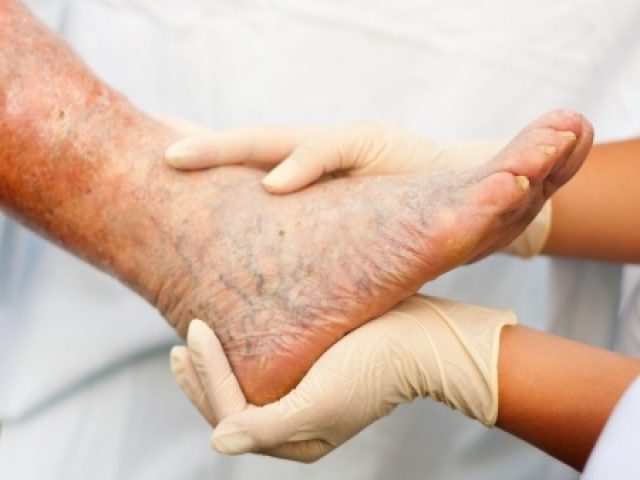Published At: 19 Oct 2018
Published By:

Chronic venous disease (CVD) runs the gamut from small, dilated veins in the skin, which are often referred to as “spider veins”, to chronic inflammation of the lower leg, and even skin ulceration. Somewhere in the middle is varicose vein disease and chronic swelling of the lower leg due to venous hypertension. Although these problems may be viewed by the patient as a “mixed bag” of disorders, they actually represent a spectrum of progression in the severity of chronic vein disease.
Chronic venous disease is a common medical condition, affecting about 20% of the adult population in developed countries. The most accepted risk factors for CVD include age greater than 65, female gender, a family history of vein disease in your parents, pregnancy, and obesity. Having more than one of these risk factors significantly increases your risk for this problem. The role of smoking, high blood pressure, and sedentary lifestyle in CVD is controversial. One study has suggested tight garments may contribute to CVD. Leg crossing is often cited as a risk, but there is no proof that this is a significant contributing factor to vein problems.
To date there are no good studies that have proven that chronic venous disease can be prevented, but there is evidence suggesting that compression stockings worn during pregnancy, weight control, exercise, and some drugs may reduce the severity of CVD. Medical grade compression stockings have been used for many years to treat CVD. There is no question that compression stockings will relieve the symptoms of heaviness, swelling, and aching associated with CVD. Compression stockings also reduce the high venous pressure in the lower leg that is the root cause of CVD. During pregnancy, compression stockings have been shown to counteract the backward flow of blood into the leg veins from the pelvic veins that occurs with the increased pressure in the pelvic veins due to the enlarging uterus.
Compression has also for many years been a mainstay of therapy for advanced vein disease with skin changes of chronic inflammation and venous ulceration. There is compelling evidence for the effectiveness of compression in these patients with advanced vein disease, especially when compression is combined with treatment of the underlying diseased veins with minimally invasive surgical procedures.
Since obesity is a significant risk factor for CVD, maintaining a healthy weight will certainly reduce one’s risk for CVD as well as many other health problems. Exercise helps to tone the muscles of the lower leg, which is especially important for reducing the pressure in the veins of the lower leg. Even the simple act of walking regularly has been shown to reduce venous pressure in the legs.
While it may not be possible to prevent chronic venous disease, especially when there is a family history of vein problems; lifestyle changes, compression stockings, and some naturally occurring supplements can improve the symptoms associated with CVD. In addition, most vein disorders can now be treated with relatively simple office procedures. To learn more about vein disease, vein health, and the minimally invasive treatment options for vein disease, please schedule your free consultation or call us on +1 937-325-3830.
This post appeared first on Reeder Institute.